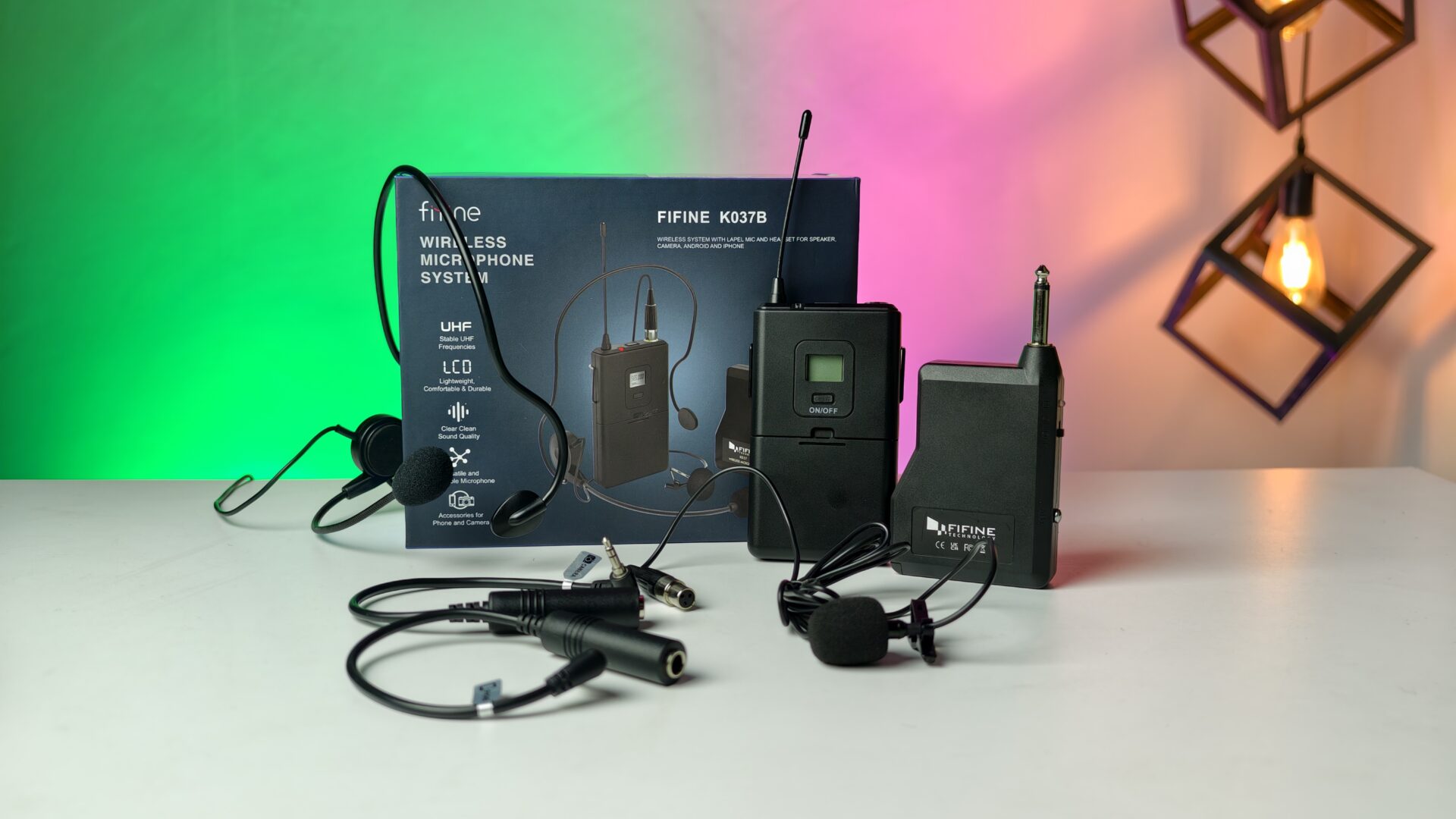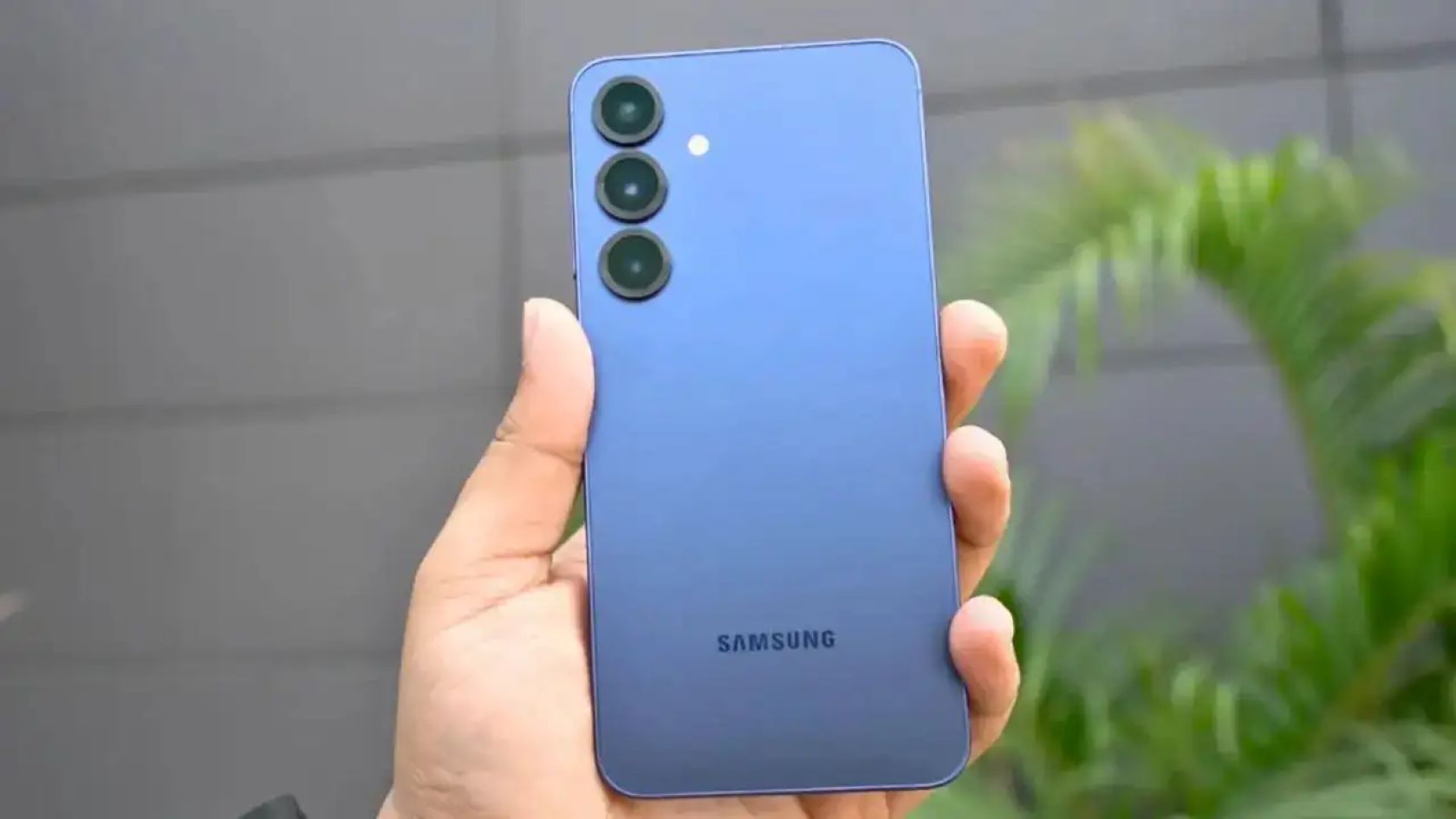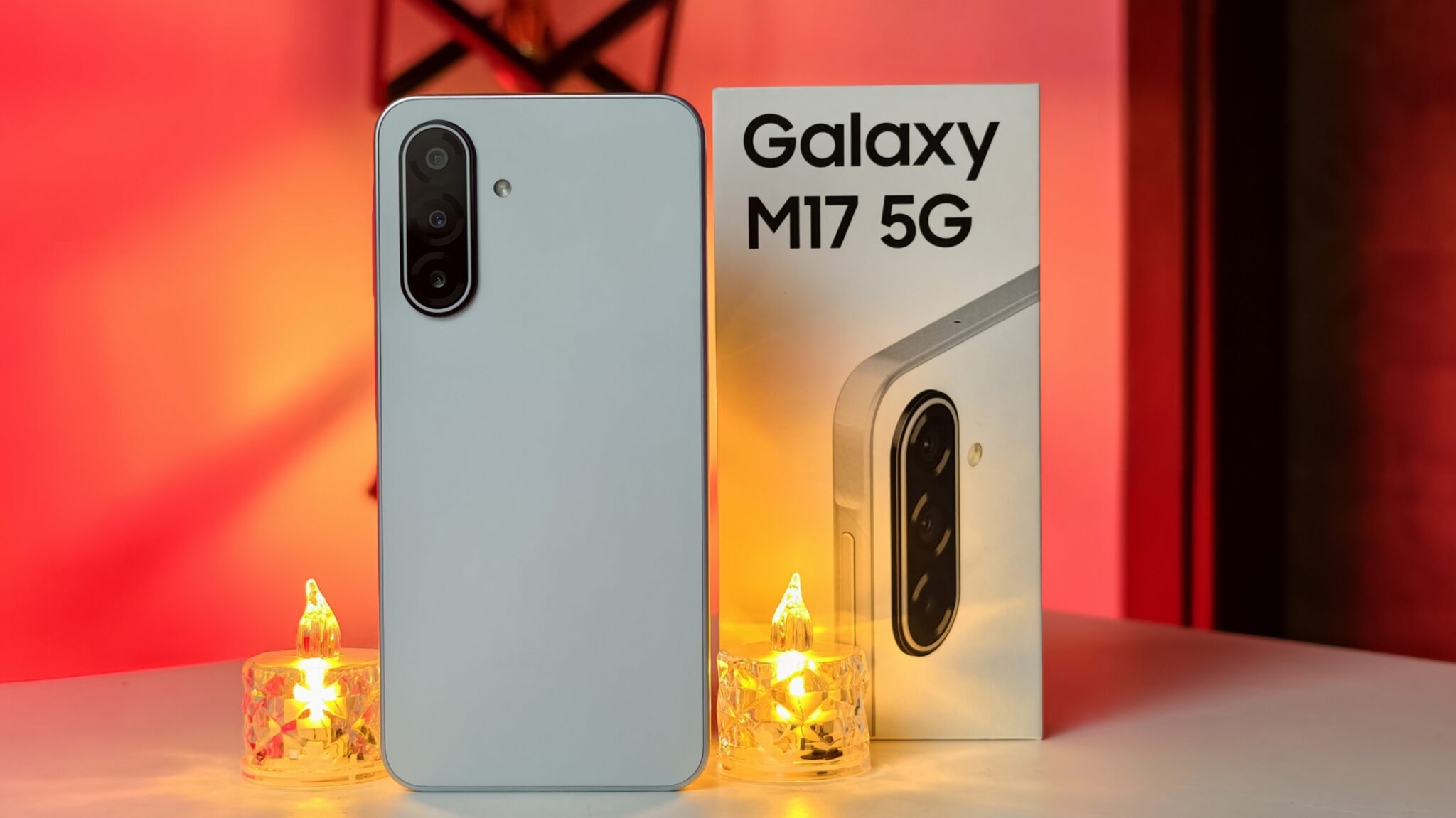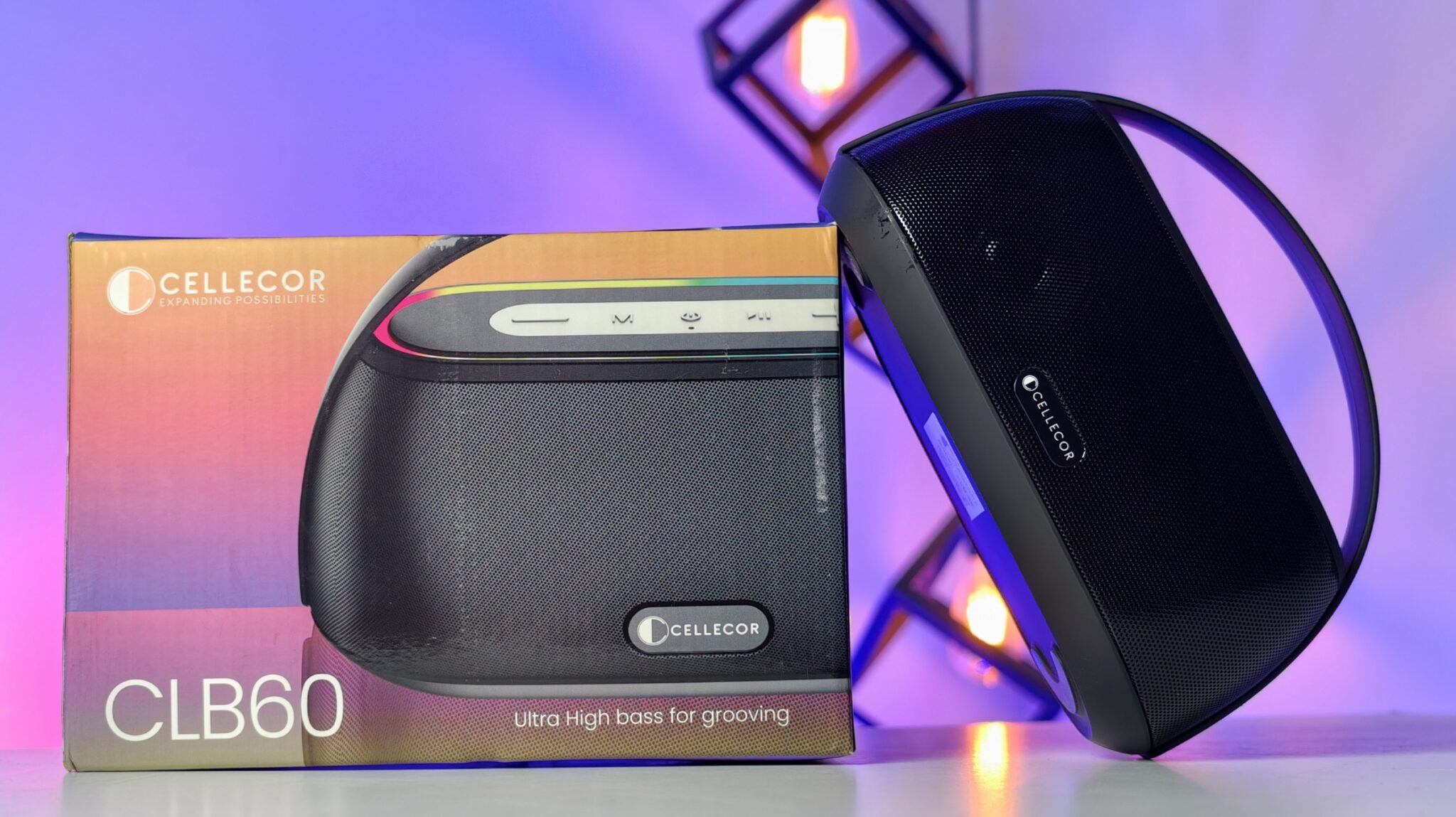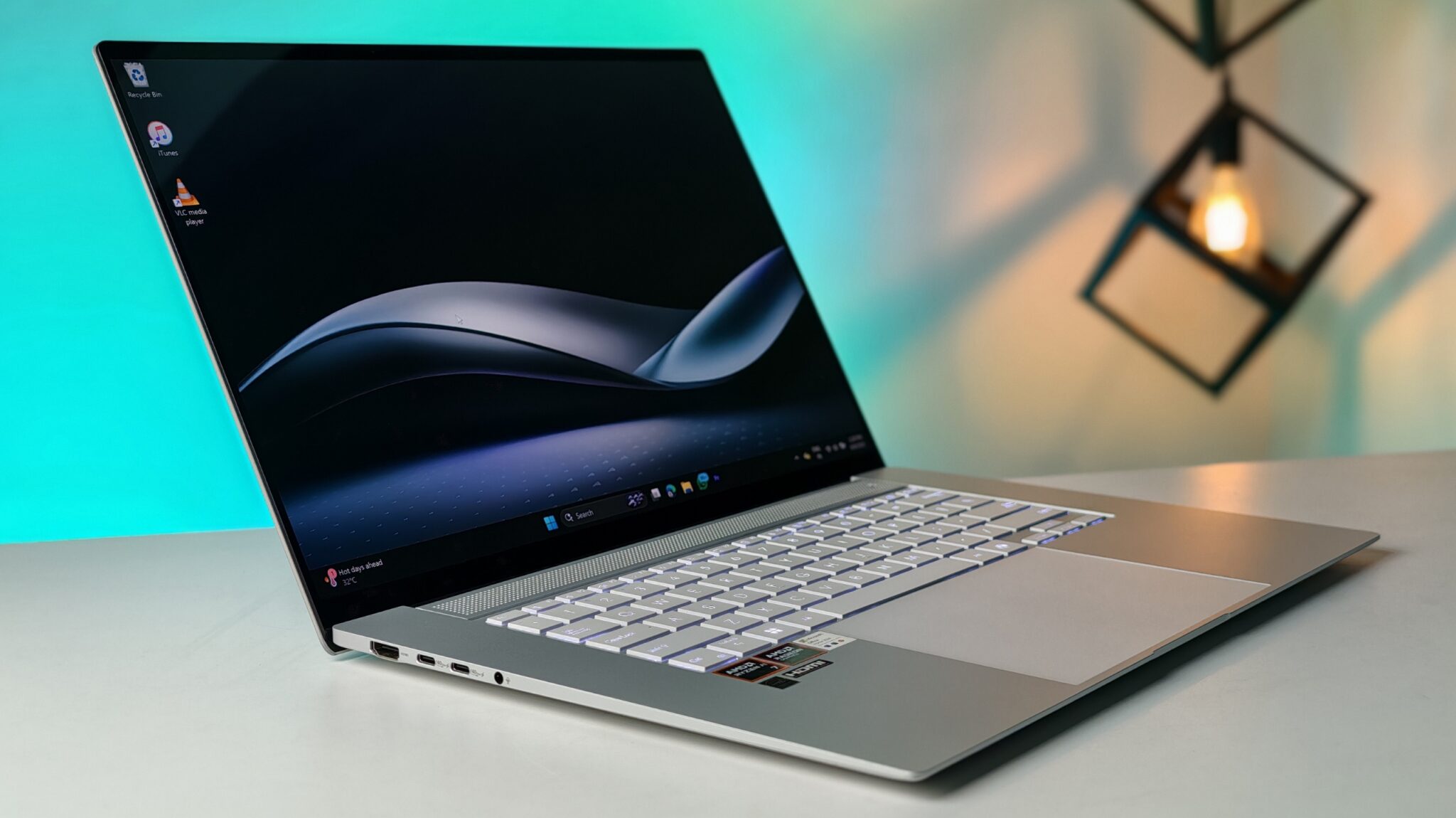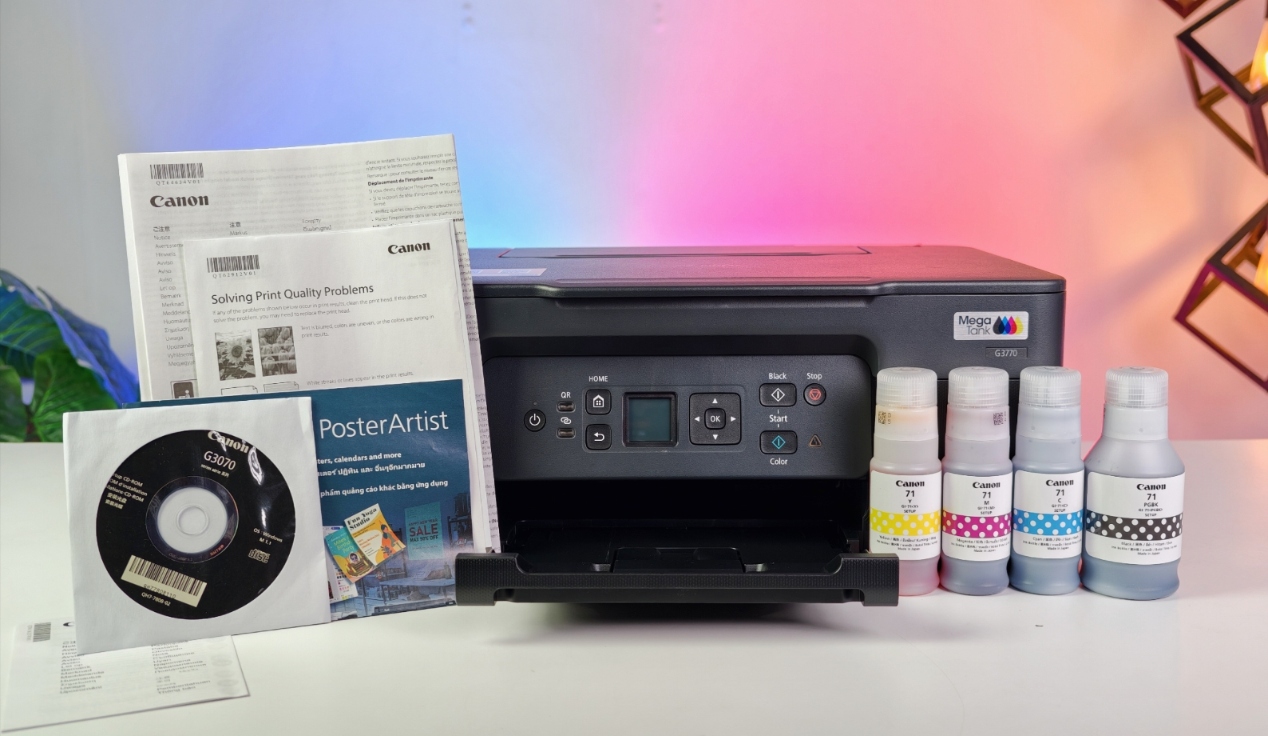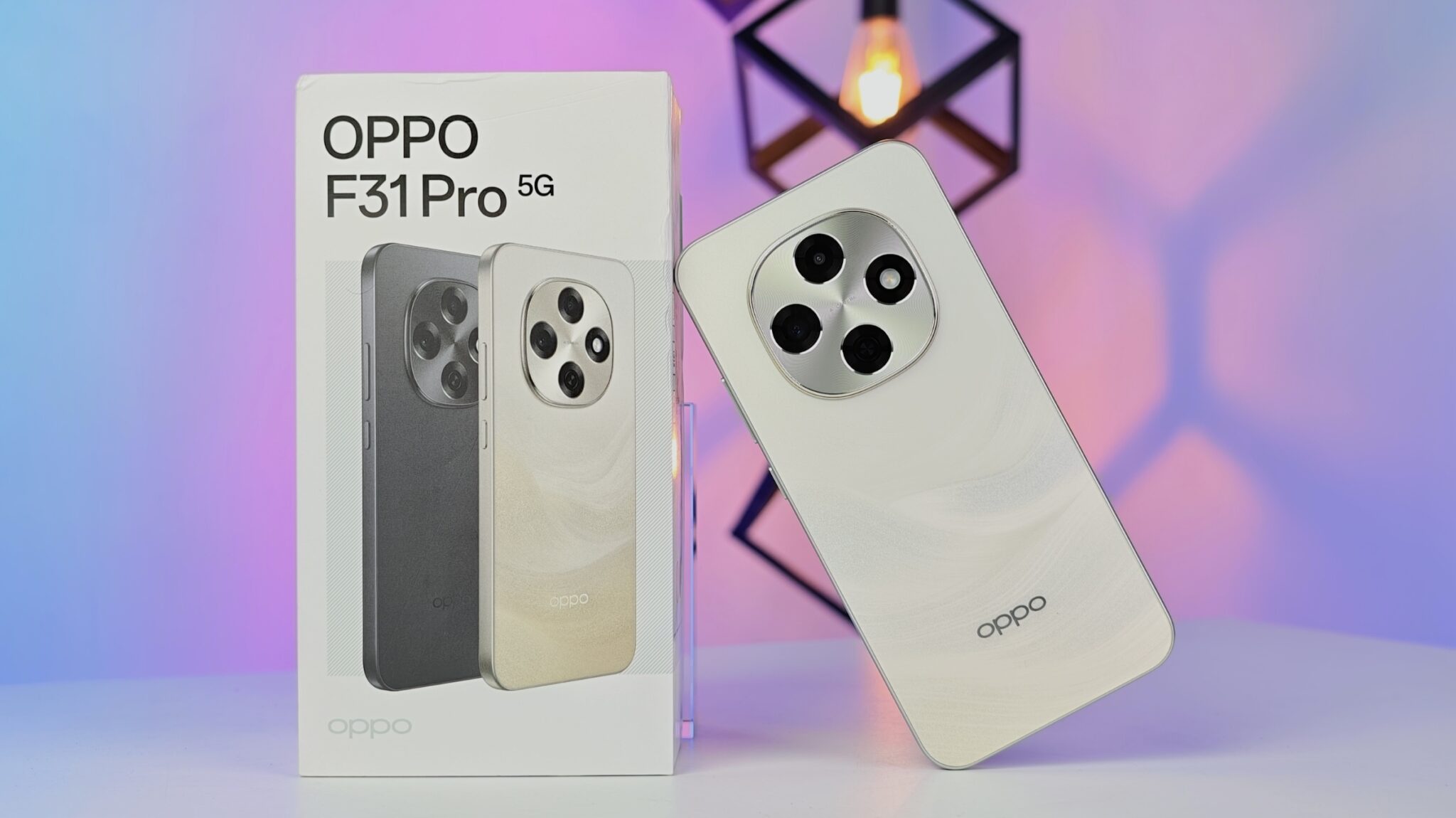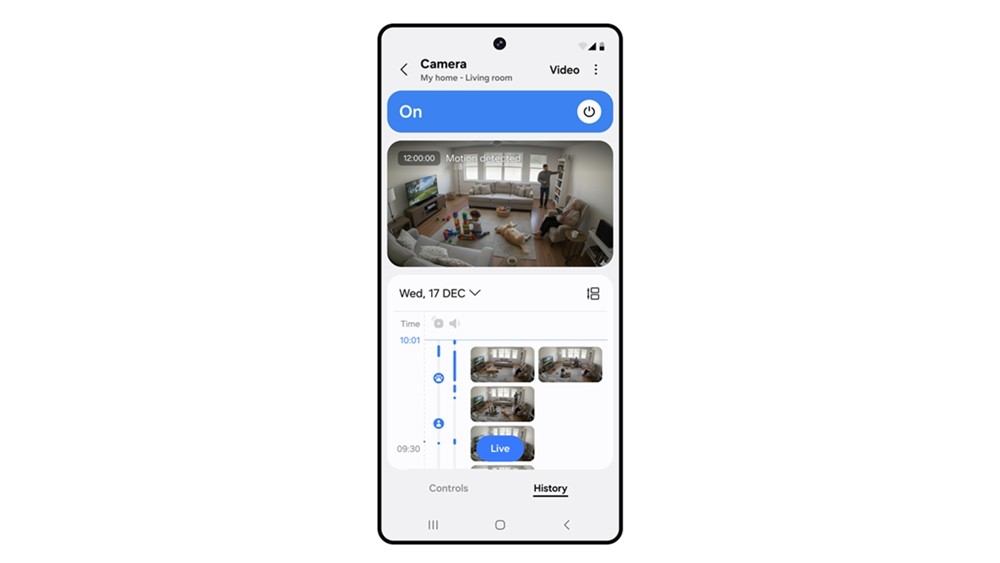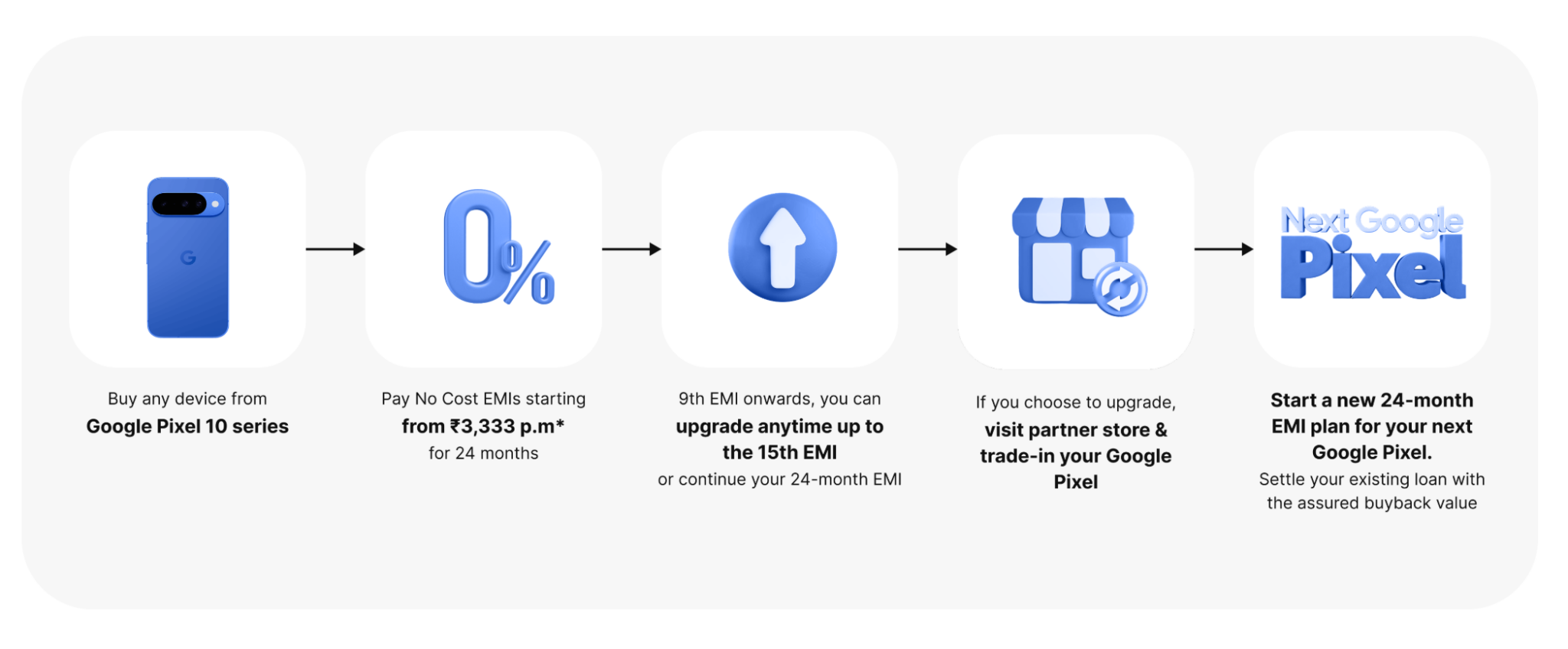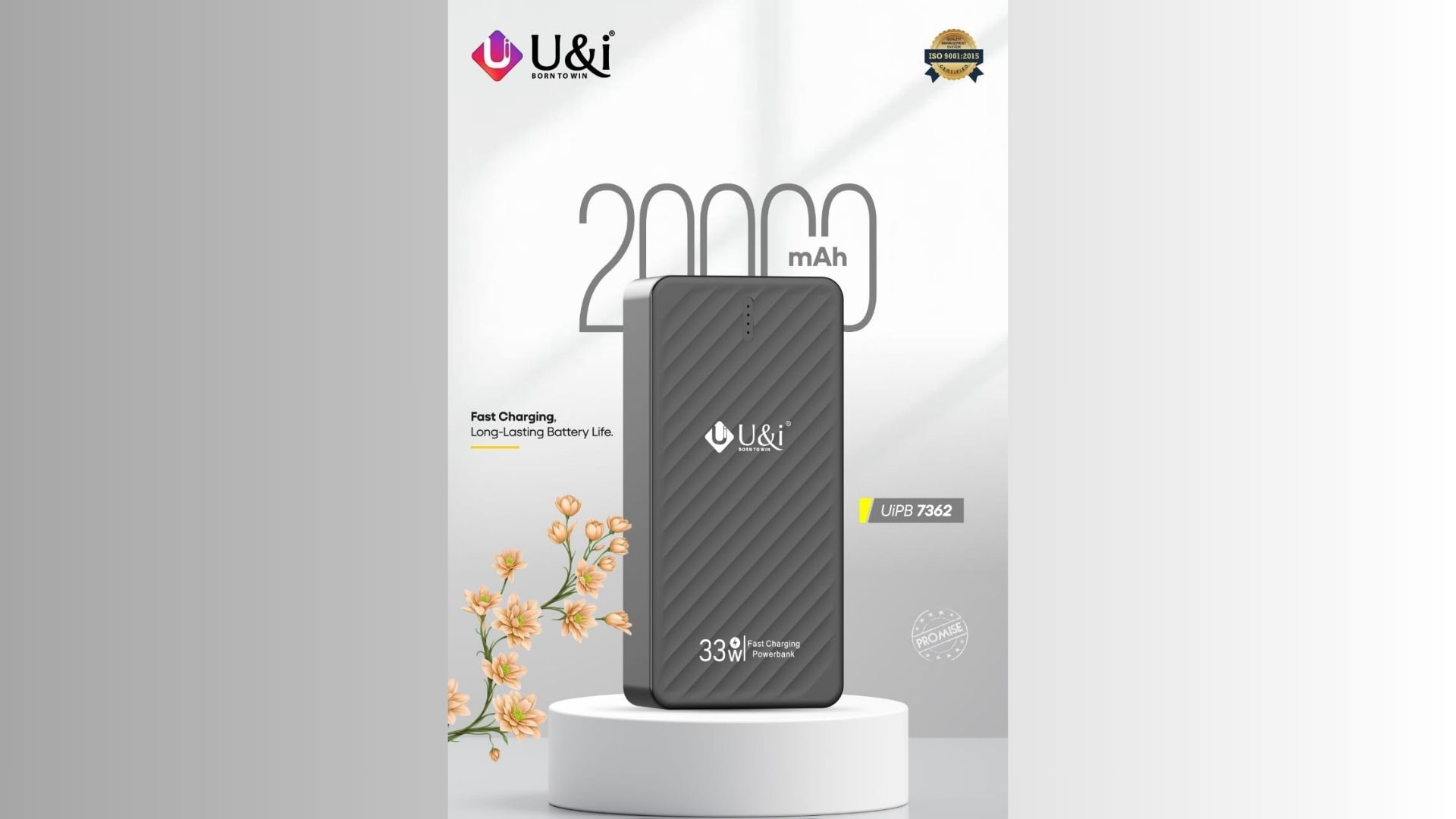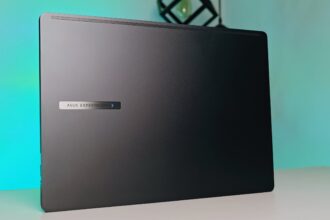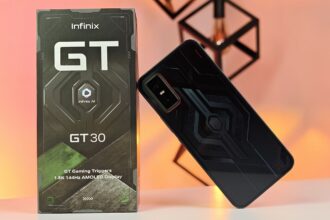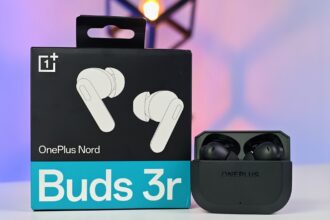As someone who frequently works with audio and video, I’ve had the opportunity to test a wide array of microphones – ranging from high-end studio condensers to budget-friendly lavaliers. So when the Fifine K037B Wireless Microphone System came across my desk, I greeted it with a mix of cautious curiosity and guarded optimism. Could a system this affordable genuinely deliver stable, decent-quality wireless audio? After spending a good deal of time experimenting with it across various real-world scenarios, I feel equipped to share a well-rounded perspective on what it gets right and where it stumbles.
Key Takeaways
- The Fifine K037B offers impressive value at Rs. 2,790 in India.
- It includes both headset and lavalier microphones, offering flexibility depending on your recording needs.
- It runs on the UHF frequency band, which typically faces less interference than 2.4GHz systems.
- Setup is quick and user-friendly thanks to automatic ID sync.
- Battery life, especially on the receiver, could be better.
- Not directly compatible with laptops or MacBooks unless specific adapters are used.
Understanding Wireless Microphone Systems: A Brief Overview
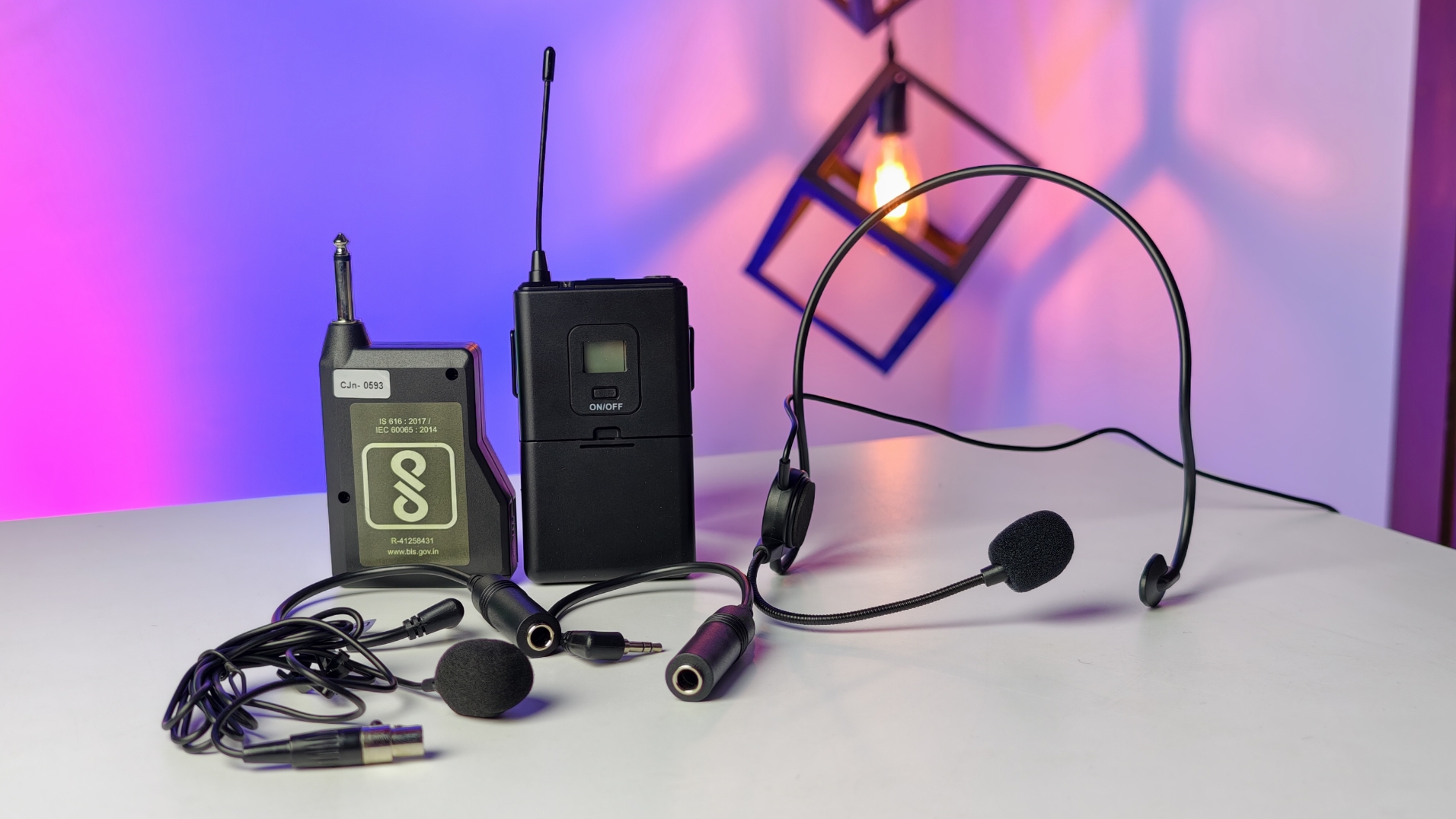
Before diving into the nitty-gritty of the K037B, it’s helpful to briefly understand how wireless microphone systems work. In essence, these systems involve two main parts: a transmitter and a receiver. The microphone captures sound, which the transmitter converts into a radio frequency (RF) signal. This signal travels wirelessly to the receiver, which then converts it back into audio.
Most systems operate over VHF, UHF, or 2.4GHz frequency bands. UHF, which the K037B uses, tends to provide better range and lower interference, especially in environments crowded with Wi-Fi and Bluetooth signals. This is largely due to its longer wavelengths that better penetrate walls and obstacles.
First Impressions and Build Quality
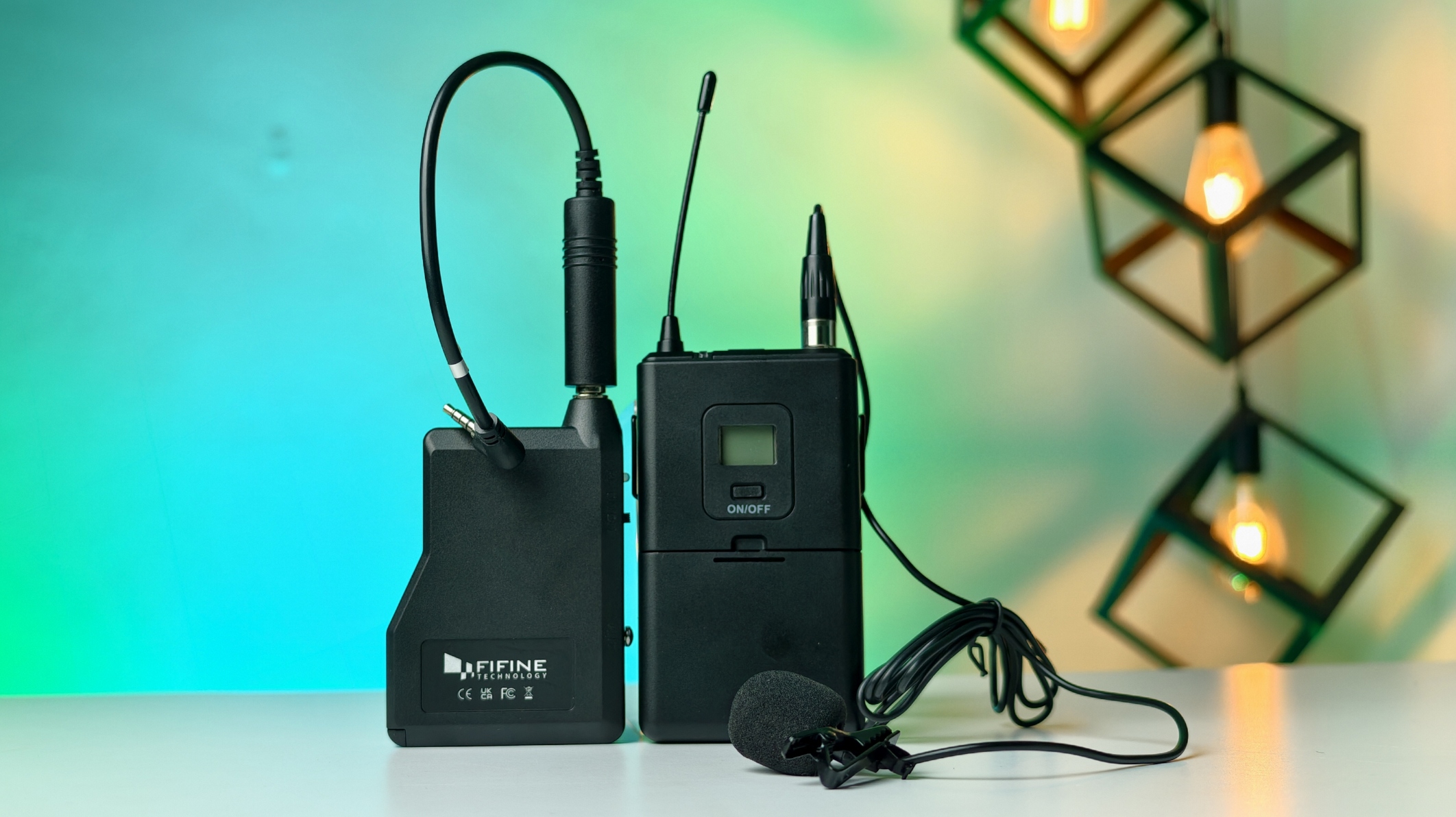
Right out of the box, the Fifine K037B exudes a simple, no-nonsense design. Its black color helps it blend subtly, particularly the lavalier mic when clipped onto clothing. The components are light and primarily plastic not luxurious, but not flimsy either. The beltpack transmitter features a helpful LCD screen displaying frequency and battery status. The receiver is compact and plugs directly into a 1/4-inch input.
The bundle includes both a headset and a lavalier mic, which instantly broadens its usability. You also get a sturdy metal collar clip, windscreen, and adapter cables (1/4″ to 1/8″ TRS and TRRS), enhancing compatibility with smartphones and cameras.
Key Product Specifications
- Frequency Band: UHF 565-584MHz
- Microphone Type: Condenser
- Polar Pattern: Cardioid
- Frequency Response: 50-16kHz
- Power Supply: Transmitter: 2 AA Batteries, Receiver: 2 AAA Batteries
- Output Connection: 1/4″ TS connector (includes 1/4″ to 1/8″ TRS and TRRS adapters)
- Wireless Range: Up to 40-65 feet (approx. 12-20 meters)
- Colour: Black
- Price in India: Rs. 2,790
Setup and Connectivity
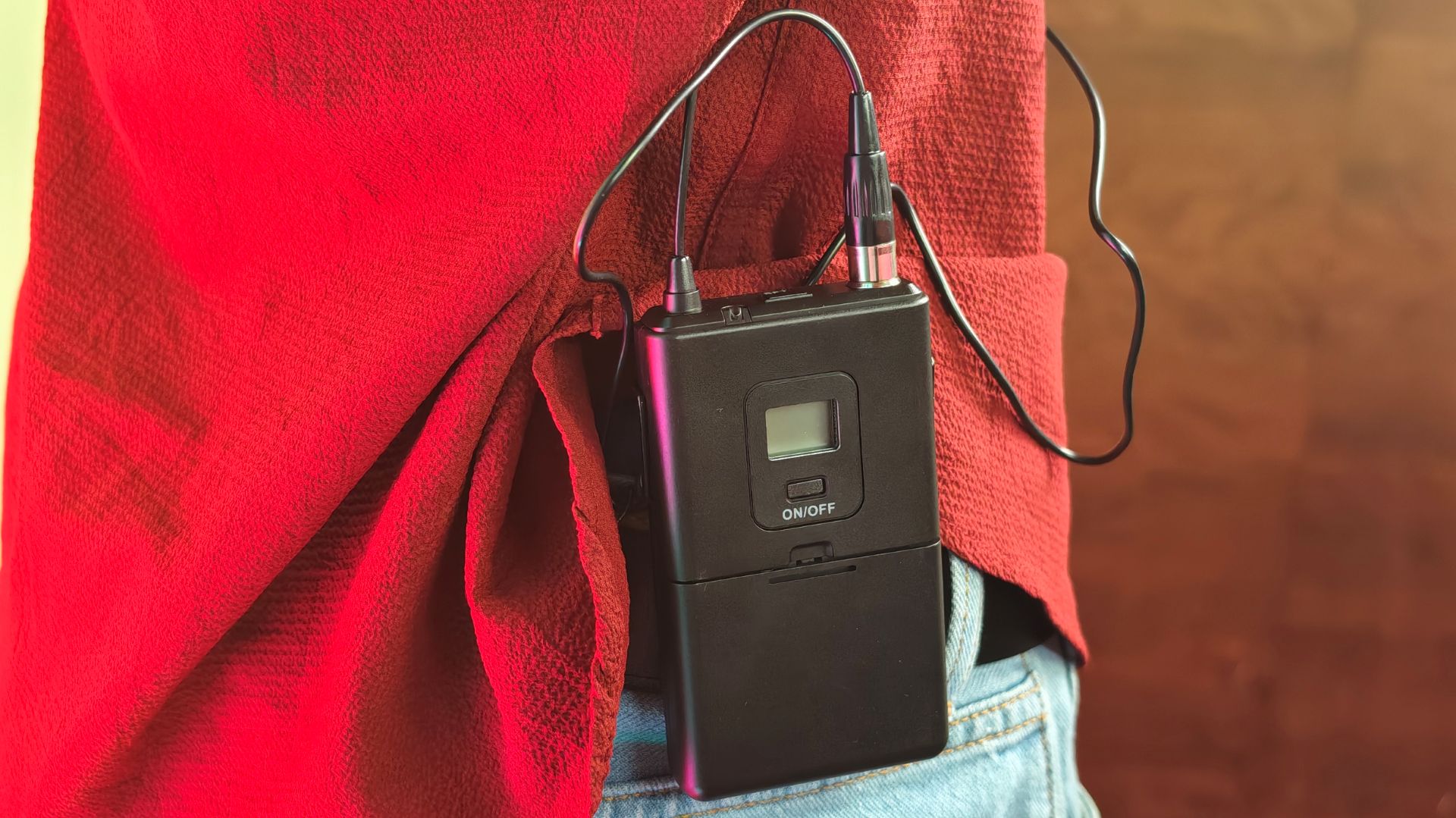
The K037B setup process is pleasantly straightforward. Pop in the batteries, and the transmitter and receiver sync automatically. No fiddling, no manual pairing rituals. This “paired ID synchronization” is a great feature, particularly for those who are not tech-savvy or want a quick, hassle-free setup. I tried changing channels, and the process was equally straightforward – a quick button press on the transmitter, and the receiver automatically re-synced. I did test changing channels to navigate minor interference; it worked as advertised with just a button press. That quick sync functionality can be a lifesaver in crowded RF environments.
Audio Quality
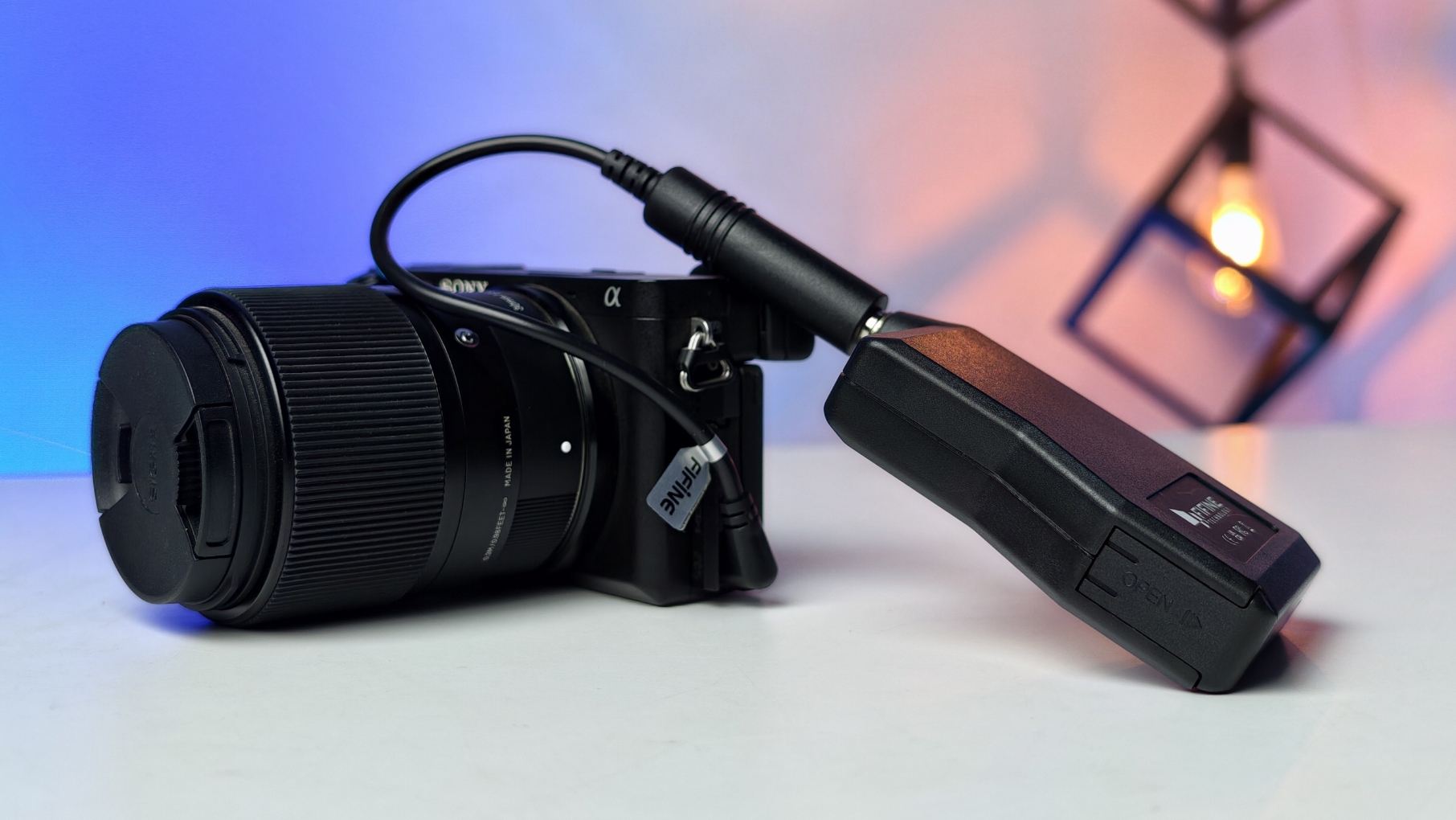
For a budget wireless system, the audio performance is surprisingly competent. Both the lavalier and headset mics use cardioid condenser elements, picking up mostly from the front and cutting down on background noise.
- Lavalier Mic: Clear and intelligible – perfectly fine for talking-head videos and casual presentations. There is a mild hiss, which you might notice if you’re listening closely in a quiet setting, but it’s not distracting and can be cleaned up in post if needed. For casual use, online meetings, or basic content creation, it performs well.
- Headset Mic: The headset microphone proved useful for scenarios where I needed more active movement, like demonstrating something while speaking, or for fitness instruction. Ideal when you’re moving around or need stable levels, like during fitness instruction. It stays in place and keeps consistent volume. Tonally, it’s quite similar to the lavalier.
Wireless Range and Stability
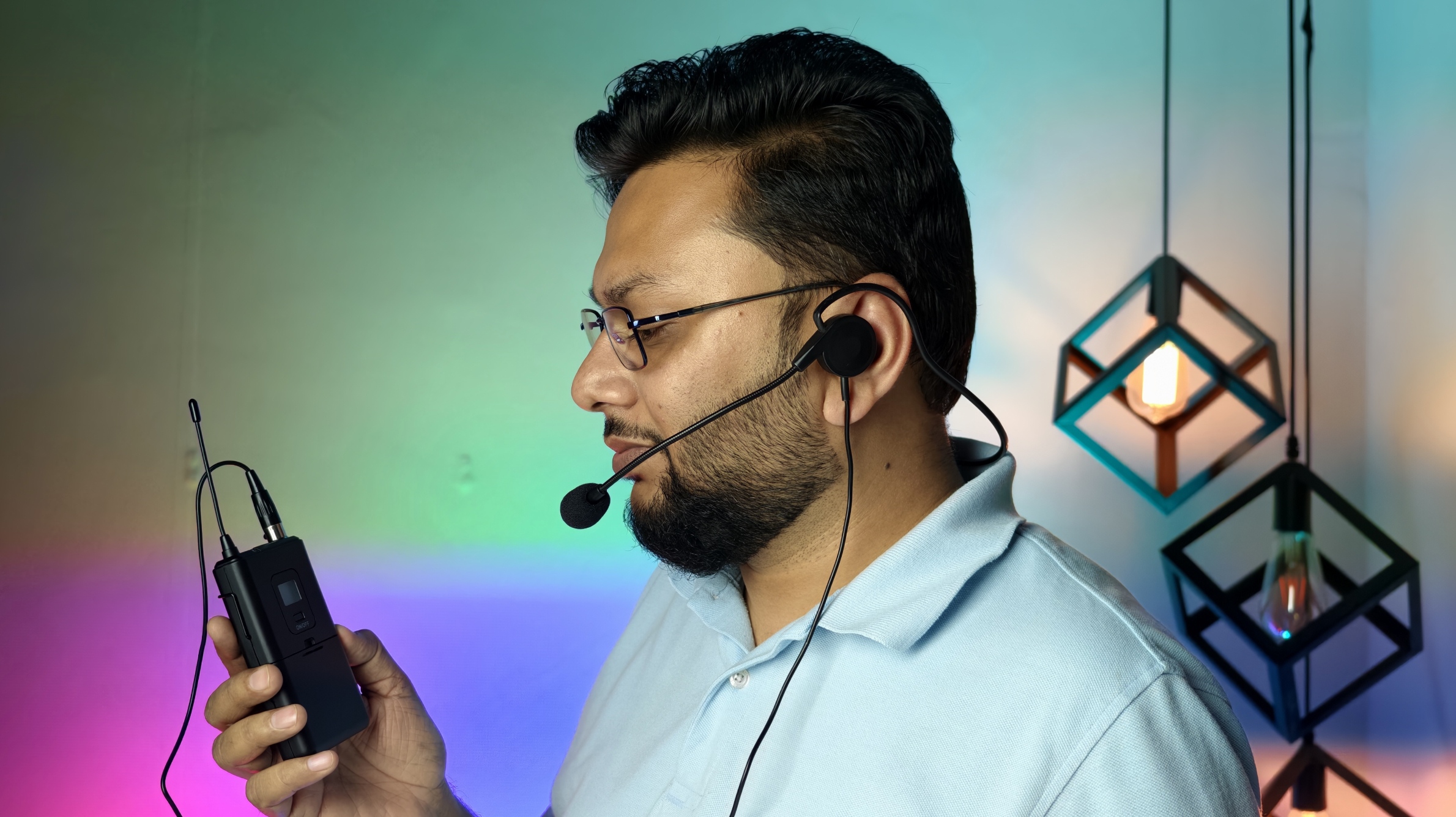
In open, line-of-sight settings, I could walk around a mid-sized room or even duck briefly into another area without major signal drops. The 40-65 feet range holds up well in these scenarios. Naturally, thicker walls or denser furniture arrangements did limit the range a bit, but that’s par for the course.
However, as expected, obstacles like thick walls or multiple layers of furniture did reduce the effective range. This is where the UHF frequency band proves its worth, as it generally performs better through obstructions than 2.4GHz systems. For typical indoor use, such as classrooms, small auditoriums, or home studios, the range is more than adequate. For large venues or complex layouts, one might need to consider higher-end professional systems.
Battery Life
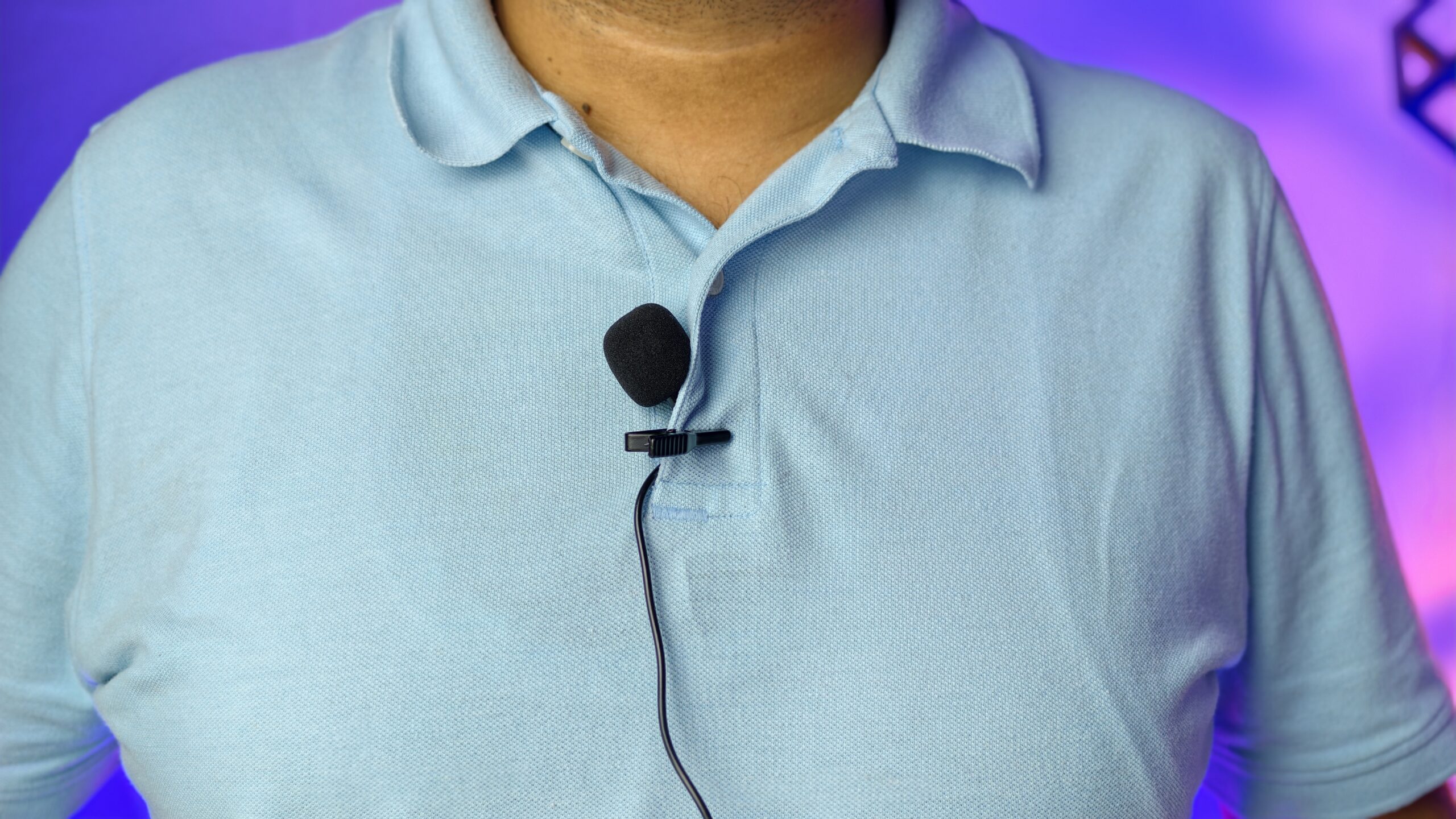
Here’s where things get a little tricky. The transmitter’s AA batteries held up for several hours across intermittent use. The receiver’s AAA batteries, however, drained faster, noticeably so. During longer sessions, I had to swap them out more than once. If you’re planning extended use, rechargeable batteries are practically a must. While the transmitter gives you battery readouts on its LCD, the receiver offers less clarity, relying only on a low-battery warning.
Compatibility

The inclusion of both 1/4″ to 1/8″ TRS and TRRS adapters is a thoughtful touch, allowing seamless connections to DSLR cameras, smartphones, and other audio gear. I tested it with a smartphone and a camera with no issues. That said, it’s important to flag a significant drawback: it does not work with laptops or MacBooks out of the box. You’ll need additional adapters or perhaps even an interface. For computer-focused users, this is a limitation worth noting. Fifine suggests their K031B model as a better fit for that use case.
Verdict
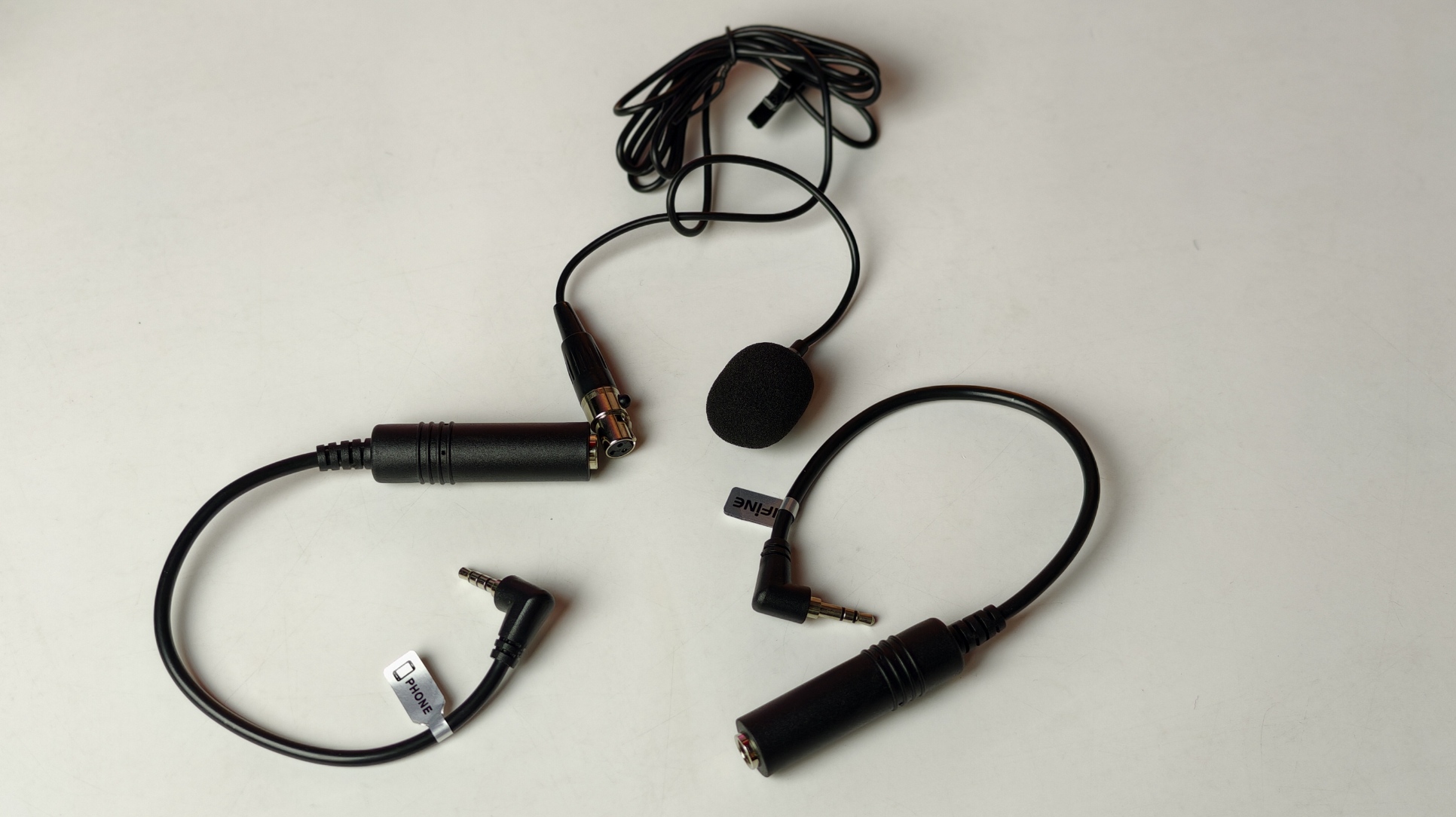
For content creators, educators, or casual presenters in India who need an affordable way to go wireless, the Fifine K037B makes a compelling case. It delivers a surprisingly capable package for the price, especially if your workflow revolves around smartphones, cameras, or PA systems.
However, it is not without its limitations. The primary drawbacks are the somewhat quick battery drain, especially on the receiver, and the explicit lack of direct compatibility with laptops and MacBooks. For users who primarily work with computers for recording or streaming, this is a significant consideration. But if your main use involves connecting to cameras, PA systems, or smartphones, the K037B stands as a strong contender.
Its key strengths lie in its dual-mic versatility, plug-and-play simplicity, and usable audio quality. But keep those spare batteries handy, and don’t expect seamless computer integration unless you add some extra gear. All in all, it feels like a thoughtfully designed tool that performs well when used within its intended scope. If you’re just starting out or working on a budget, the K037B might be just what you need to get the job done.
FAQs
Q1: What kind of devices can the Fifine K037B connect to?
A1: The Fifine K037B is designed to connect to devices with a 1/4″ microphone input, such as PA systems, mixers, electric guitar amplifiers, and soundboards. It also comes with 1/4″ to 1/8″ TRS and TRRS adapter cables, making it compatible with many DSLR cameras, camcorders, and smartphones.
Q2: Is the Fifine K037B suitable for professional broadcasting or studio recording?
A2: While the K037B provides clear audio for its price, it is primarily an entry-level system. For professional broadcasting or high-fidelity studio recording where pristine audio and advanced features are essential, higher-end wireless microphone systems are generally recommended. However, for online content creation, presentations, or casual use, it performs well.
Q3: Can I use multiple Fifine K037B systems simultaneously?
A3: Yes, the Fifine K037B features 20 selectable UHF frequency channels. This allows you to use multiple units concurrently by setting each system to a different channel, minimizing interference between them. It is generally advised to power them on one by one for automatic synchronization.
Q4: What is the difference between the lavalier and headset microphones included?
A4: The lavalier (or lapel) microphone is small and clips onto clothing, offering a discreet, hands-free solution. The headset microphone is worn on the head, positioning the microphone element closer to your mouth for consistent audio levels, which is ideal for active speakers or performers. Both are condenser microphones with a cardioid polar pattern.
Q5: What should I do if I experience interference or static with the Fifine K037B?
A5: The Fifine K037B operates on the UHF band and has 20 selectable frequencies to help avoid interference. If you encounter static or signal dropouts, try changing the frequency channel on the transmitter. The receiver will automatically resynchronize. Ensuring a clear line of sight between the transmitter and receiver can also improve signal stability.


